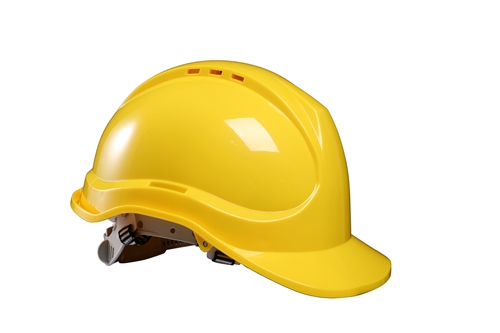warehouse safety clothing products
The Importance of Safety Clothing in Warehousing Environments
In today's fast-paced industrial landscape, the importance of safety clothing in warehouse operations cannot be overstated. Warehouses are bustling centers of activity, where heavy machinery, hazardous materials, and a dynamic workforce converge. Implementing strict safety standards and equipping employees with appropriate safety clothing is crucial for minimizing risks and ensuring a productive work environment.
Understanding Warehouse Hazards
Warehouses present various hazards ranging from physical injuries caused by heavy lifting and equipment operation to exposure to chemicals and environmental elements. Workers face risks of slips and falls, cuts and abrasions, and even more severe injuries if they are not adequately protected. Personal protective equipment (PPE), including safety clothing, plays a vital role in safeguarding employees against these potential risks.
The Essential Components of Safety Clothing
Safety clothing encompasses a wide range of apparel designed to protect workers in a warehouse setting. This includes high-visibility vests, safety shoes, gloves, helmets, and apparel with specific protective features. High-visibility clothing is crucial in warehouses where large machinery moves frequently, ensuring that employees can be seen easily, especially in low-light conditions. Additionally, safety shoes with slip-resistant soles help reduce the likelihood of slips and falls while providing comfort during long shifts.
When it comes to handling hazardous materials, specialized gear becomes essential. Chemical-resistant gloves and aprons protect workers from spills and exposure, while flame-resistant clothing is vital for those working around flammable materials or equipment. Each piece of safety clothing is designed with the worker’s protection in mind, emphasizing the need for proper gear tailored to specific tasks.
Compliance with Safety Regulations
warehouse safety clothing products

In many countries, workplace safety is governed by stringent regulations that mandate the use of appropriate PPE. Organizations such as the Occupational Safety and Health Administration (OSHA) in the United States set forth guidelines for employers to ensure that safety protocols are followed. Failure to comply with these regulations can lead to severe penalties and, more importantly, can jeopardize the safety of employees.
By providing adequate safety clothing, companies can not only adhere to legal standards but also foster a culture of safety. It sends a clear message that the organization values its employees and prioritizes their well-being. Regular training and reminders about the importance of wearing safety clothing can further enhance compliance and safety awareness among workers.
The Role of Employers and Employees
While employers are responsible for providing the necessary safety clothing, employees also play a critical role in maintaining their own safety. It is essential for employees to properly wear and care for their safety gear. Regular inspections should be conducted to ensure that the clothing remains in good condition and continues to provide the necessary level of protection. Any damaged or worn-out items must be replaced immediately to eliminate safety risks.
Engaging employees in discussions about safety clothing can also enhance their commitment to adhering to safety protocols. By involving workers in the selection and evaluation of safety gear, organizations can ensure that the clothing not only meets safety standards but also fits well and is comfortable for the workforce.
Conclusion
The significance of safety clothing in warehouse environments is undeniable. It serves as a first line of defense against various hazards and is essential for creating a safe and productive workplace. Employers must prioritize the provision of suitable safety apparel and foster a culture that emphasizes the importance of compliance among employees. By doing so, warehouses can minimize risks, enhance worker safety, and contribute to overall operational efficiency. Ultimately, investing in safety clothing is not just a legal obligation; it is a moral imperative that benefits both workers and the organization as a whole.
-
Top AI Safety Clothing with GPT-4 Turbo | Smart Protection
NewsJul.31,2025
-
Face Shield Safety Helmet with GPT-4 Turbo AI Safety
NewsJul.31,2025
-
CE Working Clothing for Construction & Welding Safety
NewsJul.30,2025
-
Premium Safety Helmet with Visor for Construction & Industrial Use
NewsJul.29,2025
-
High-Quality CE Working Clothing for Safety and Construction
NewsJul.29,2025
-
Premium Safety Helmet Hat with Ear Defenders, Brim & Soft Design
NewsJul.29,2025
